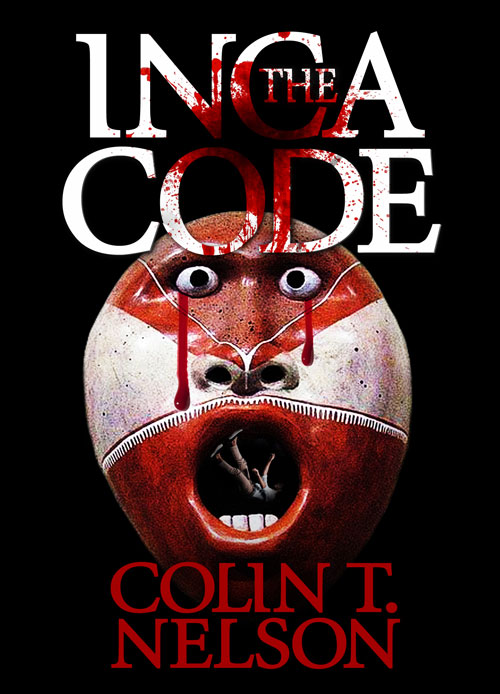I worked in the criminal justice system for many years as both a prosecutor and a Public Defender. In both  positions, I tried many jury trials. Certainly, I witnessed instances of racial bias. But I’ve also gotten hints of something else.
positions, I tried many jury trials. Certainly, I witnessed instances of racial bias. But I’ve also gotten hints of something else.
Of course, people study the issue of racial bias in juries. I don’t pretend to offer scientific research here. I can tell a story of a trial that may hint at what juries do when they make decisions. It suggests that things other than racial bias may play a much bigger role than we think.
Here’s how it played out. Several years ago, I tried a case as a prosecutor. A student at the police officers training academy allegedly assaulted an instructor. They were alone in his office. The instructor yelled at the student. The student picked up a long piece of wood from the floor and struck the teacher, causing an injury. No one else witnessed the incident.
The instructor was white; the student black.
We went to trial. If you read all the studies on racial bias in juries, you may conclude the jury would probably side with the white victim (alleged). After al,l whites formed the majority of the jury. Here’s what happened.
The black man was an Air Force veteran of four years. He was married and his wife attended court with him every day. He wore a blue suit, white shirt, and tie every day. The man told the jury about his full-time job and how he received time-off to be in his trial. He testified like a college grad—which he was. He denied hitting the teacher.
The instructor testified the student struck him with the piece of wood.
As a result, the jury came back with a Not Guilty verdict. Did that prove anything about racial bias in juries?
In my experience as a prosecutor, I saw something else besides racial bias in juries. I think juries focus on socio-economic issues as often as they may be racially biased. For instance, I tried several cases with Public Defender clients. These defendants are poor, unemployed, and usually people of color. Often, they lacked education and couldn’t even “talk like a middle-class person.”
That is the key for me. The accused who most resemble middle-class people probably have the best chance before a jury of being found not guilty. Racial bias in juries plays a role, but may be less than we think. The black man accused of striking his teacher was a middle-class, educated, fluent, and a handsome man.






